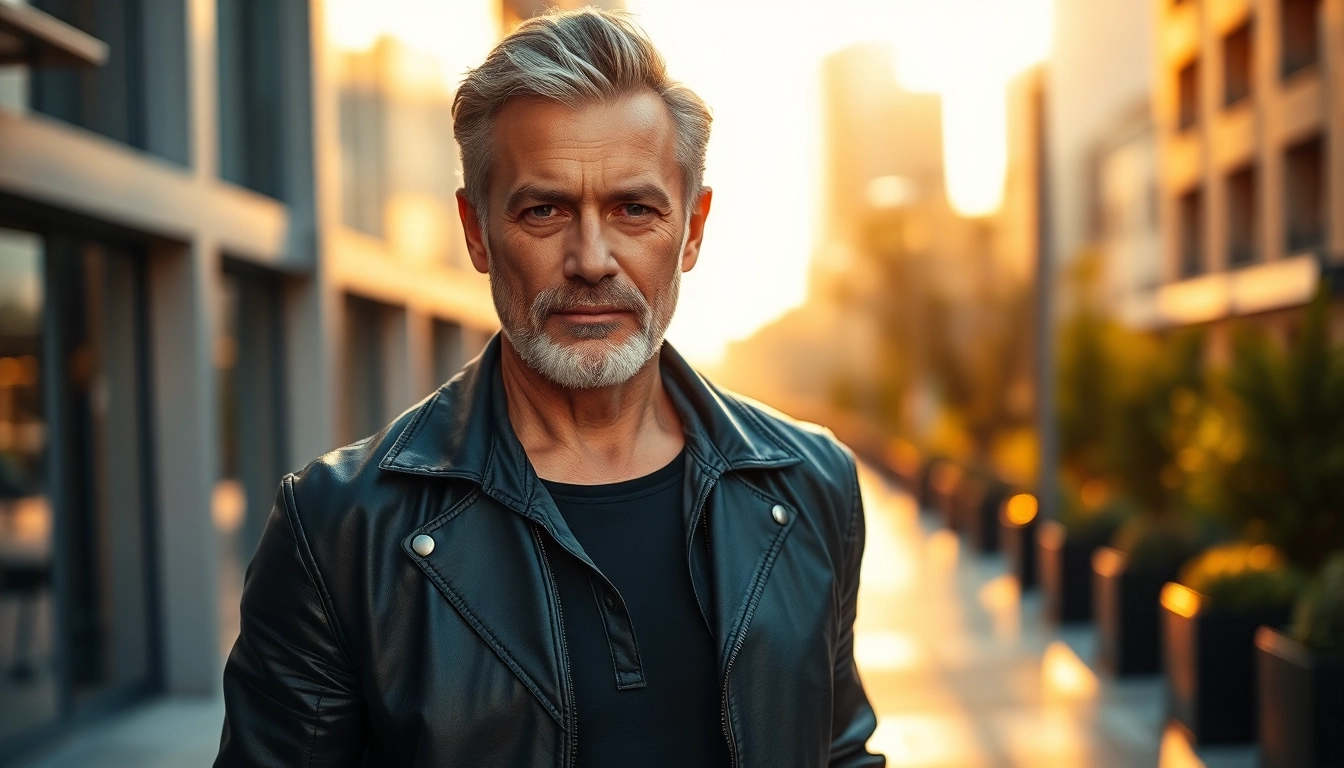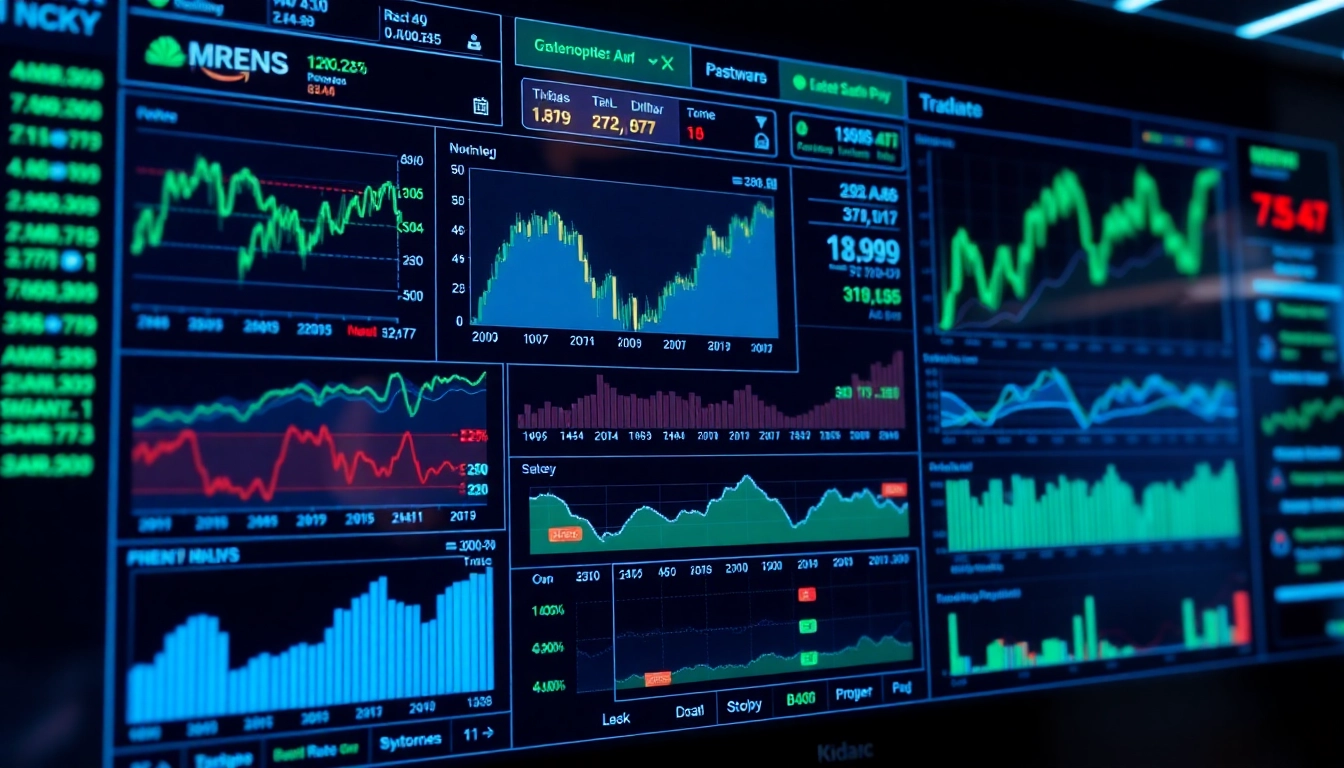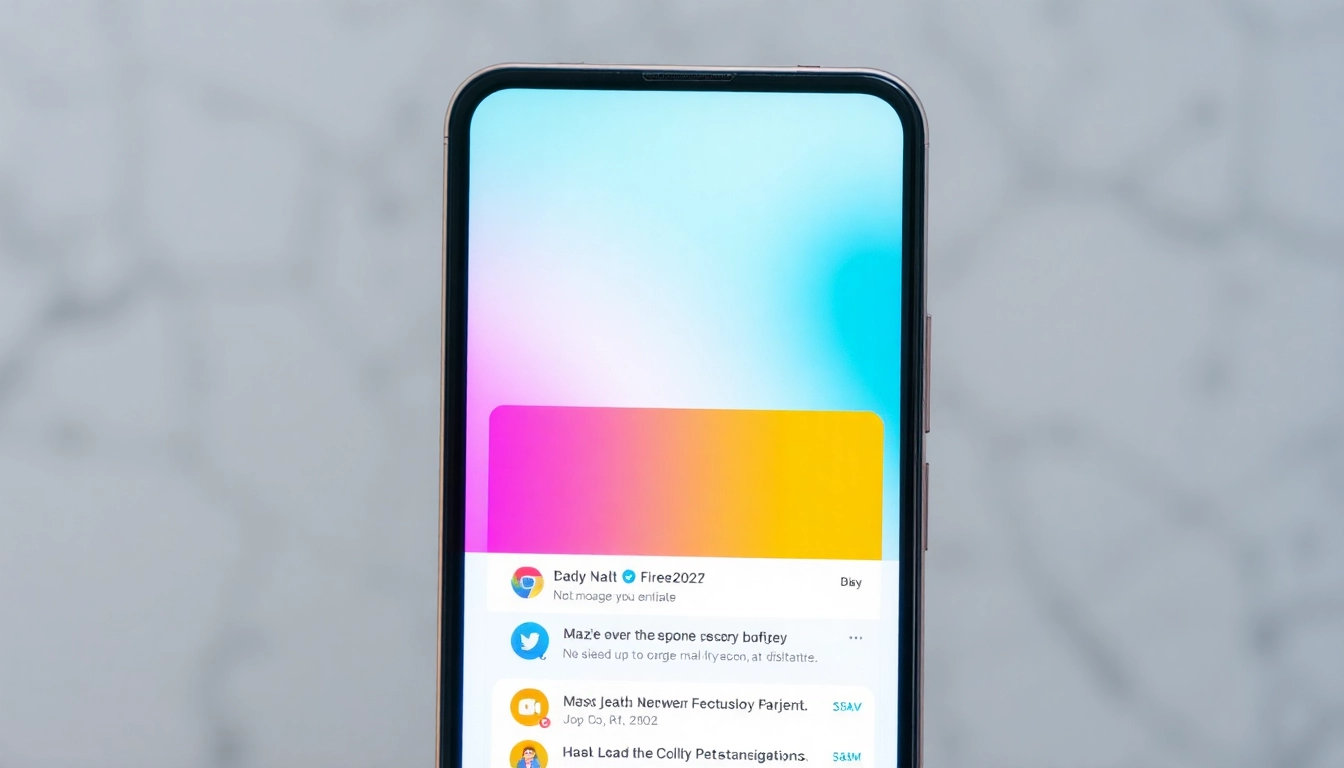Introduction to the DILF Phenomenon
The term dilf is a colloquial acronym that stands for “Dad/Daddy I’d Like to F*.” While it originally emerged within adult and internet culture, its usage has expanded into mainstream media and social conversations, reflecting evolving perceptions of attractiveness, masculinity, and age. Unlike the more commonly known MILF, which emphasizes mature women, DILF specifically highlights older, often more established, and physically appealing men who exude a certain charm and maturity that many find sexually attractive. The term is versatile—it can be used humorously or as a genuine compliment—and its roots are intertwined with popular culture, media portrayals, and internet communities.
The origins of the term are relatively recent, gaining popularity shortly after the emergence of MILF, which was popularized by the 1999 film American Pie. The same cultural shift that brought MILF into the mainstream also gave rise to DILF, as society’s perceptions of masculinity, attractiveness, and age continued to evolve. The term often plays on the idea of an older man who embodies qualities of strength, confidence, and maturity, making him an object of desire across various contexts. This shift challenges traditional notions that youth is the only measure of attractiveness, instead promoting a more inclusive view that celebrates maturity and experience.
DILF in Popular Culture
Notable Characters and Media Portrayals
One of the most interesting aspects of the DILF phenomenon is its appearance in popular culture through memorable characters in movies, television, and video games. These portrayals have helped normalize and even glamorize the archetype of the attractive older man.
Daddy Halsin from Baldur’s Gate
In the realm of video games, Daddy Halsin has become a beloved character within the lore of Baldur’s Gate. Known for his protective, nurturing, and strong personality, fans frequently refer to him as a DILF, appreciating his commanding presence and mature appeal. Despite being a fictional character, Halsin’s popularity underscores the cultural tendency to romanticize and admire figures who embody strength, wisdom, and attractiveness regardless of age.
Fred Andrews from Riverdale
On television, the character of Fred Andrews in Riverdale epitomizes the DILF archetype. Played by actor Luke Perry , Fred is portrayed as a strong, caring, and handsome father figure who exudes masculinity and stability. Fans often describe him as a DILF because of his rugged charm, maturity, and the sense of security he provides within the show’s narrative. His character represents an ideal of the mature, attractive man who balances strength with tenderness.
Movies and TV Shows Featuring DILF Figures
Beyond specific characters, several movies and television series have contributed to the DILF culture by showcasing older men in roles that emphasize their attractiveness and charisma. For example, in American Pie Presents: The Book of Love (2009), the character Rob’s father is introduced as a quintessential DILF. This film, coming from the same franchise that popularized the term MILF, plays on the humor and admiration surrounding attractive older men, even in comedic contexts.
Television series like Riverdale have continued this trend, with characters who embody the DILF image, blending masculinity, maturity, and attractiveness into compelling narratives that resonate with audiences. These portrayals contribute to a broader cultural acceptance and celebration of older men as desirable figures, challenging traditional stereotypes that associate attractiveness solely with youth.
Internet and Social Media Trends
The Influence of Platforms like Instagram and Reddit
The rise of social media platforms such as Instagram and Reddit has significantly propelled the DILF phenomenon into mainstream consciousness. Instagram accounts like DILFs of Disneyland, which boasts over 300,000 followers, showcase candid photos of attractive older men enjoying family outings at Disneyland. These images often highlight the contrast between traditional notions of age and the vibrant, youthful appearance of the men pictured, reinforcing the idea that attractiveness does not diminish with age.
Reddit, particularly within communities like r/DILFs, hosts nearly 100,000 members who share NSFW content, personal stories, and admiration for older, attractive men. These communities serve as hubs where fans express their appreciation, exchange photos, and discuss the qualities that make certain men appealing. The online environment fosters a sense of camaraderie among enthusiasts, normalizing the attraction toward mature, handsome men.
Hashtags and Cultural Movements
Hashtags like #DILF, #MatureMen, #OlderAndHot, and others trend regularly on platforms like Instagram and Twitter, helping to build a culture that celebrates masculinity across age groups. These digital movements challenge superficial standards of beauty and promote a broader appreciation for maturity, confidence, and life experience as desirable qualities.
The Role of DILF in Modern Pornography
Search Trends and Tagging
In the realm of adult entertainment, the dilf tag has become increasingly popular. Search engine data indicates a rising trend in queries related to older, attractive men, reflecting societal curiosity and acceptance. Pornographic platforms often categorize content with DILF tags, making it easier for viewers to find specific types of content that feature mature male performers embodying the archetype.
This evolution signifies a shift in the adult industry, where the focus on youth is gradually giving way to appreciation for experience and maturity. The popularity of DILF content underscores the broader cultural trend that finds beauty and desire in older men, challenging ageist stereotypes and expanding representations of masculinity.
Cultural Implications and Perceptions
Humor, Admiration, and Serious Appreciation
The perception of DILFs varies depending on context. For some, the term is used humorously, as a playful nod to the attractiveness of older men who defy conventional age-related stereotypes. For others, it is a sincere compliment, recognizing qualities like confidence, strength, and attractiveness that transcend youth.
This duality reflects a broader societal shift in how masculinity and attractiveness are perceived. The rise of the DILF archetype challenges traditional notions that equate aging with decline, instead emphasizing that maturity can be equally, if not more, desirable. Many fans and cultural commentators see DILFs as embodying a refined version of masculinity—wise, experienced, and handsome.
Changing Attitudes Toward Age and Attractiveness
Historically, societal standards often prioritized youthfulness, especially in media and popular culture. However, recent trends show a growing appreciation for age as a marker of attractiveness, wisdom, and stability. The DILF phenomenon is part of this larger movement that celebrates older men as sexy, desirable, and admirable figures.
This cultural shift is reflected in advertising, fashion, celebrity culture, and online communities, where older men are increasingly featured as role models of style, strength, and charisma. It promotes a more inclusive understanding of beauty—one that encompasses a spectrum of ages and genders—and encourages individuals to embrace their own attractiveness at any stage of life.
Conclusion
The rise of the dilf archetype marks a significant evolution in cultural attitudes toward masculinity, attractiveness, and aging. From popular characters in media to vibrant online communities, the concept reflects changing perceptions that value maturity, confidence, and strength as desirable qualities. As society continues to challenge superficial standards, the image of the attractive older man is likely to become more prominent, influencing future trends in fashion, media, and social norms.
Whether appreciated humorously or sincerely, the DILF phenomenon underscores a broader cultural movement toward embracing diversity in attractiveness and redefining what it means to be desirable at any age. As the landscape of masculinity evolves, so too does society’s recognition that beauty and appeal are not confined to youth but can flourish across the spectrum of age and experience.
In summary, the concept of the dilf continues to grow in cultural relevance, reflecting a more inclusive, confident, and mature view of masculinity. Its popularity across media, internet communities, and popular culture signifies a shift toward celebrating the attractiveness of the older, mature man—an archetype that will likely remain influential in shaping perceptions of masculinity for years to come.





